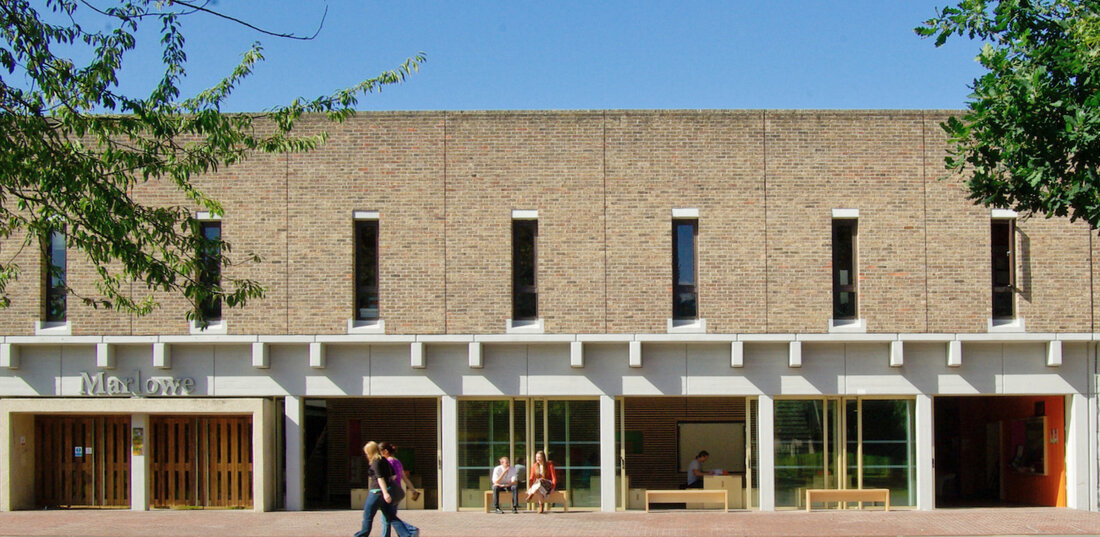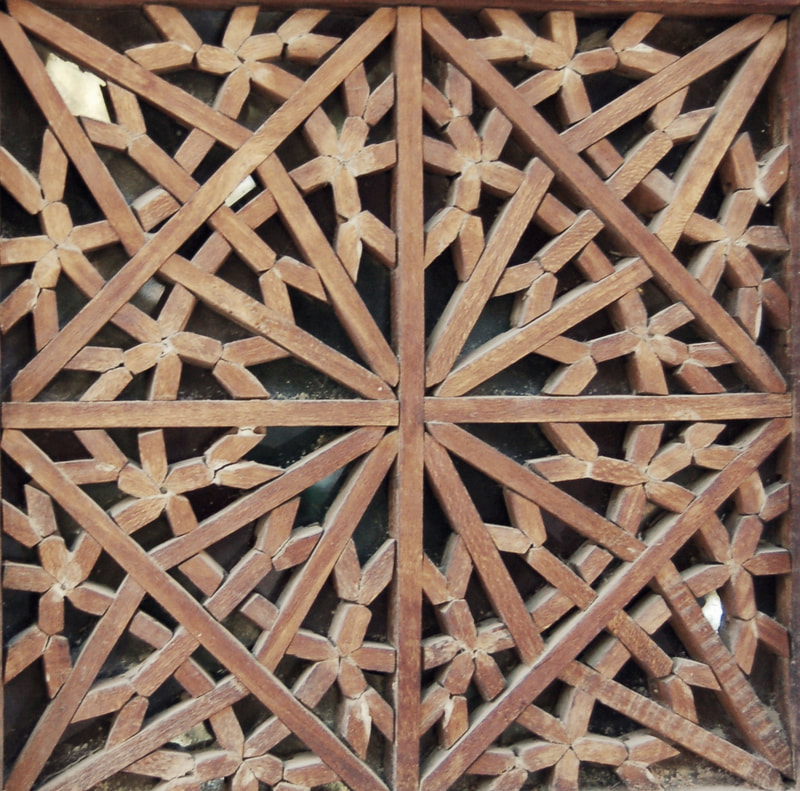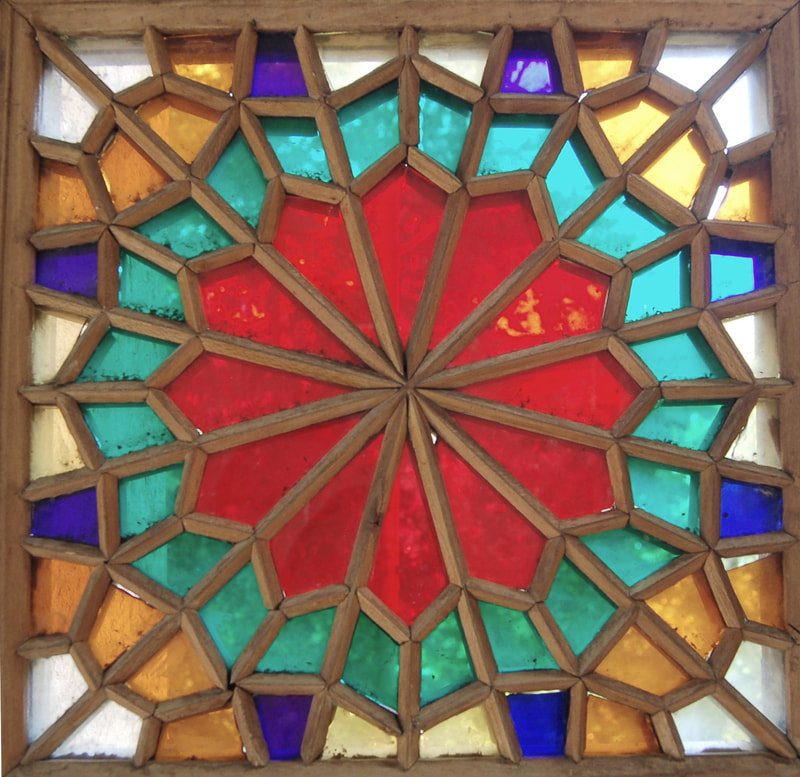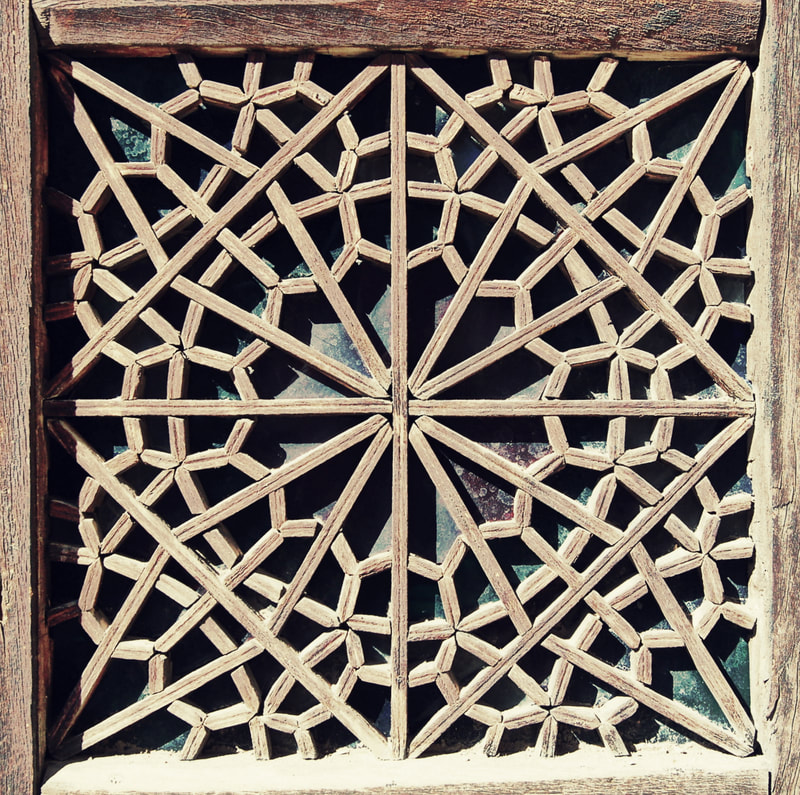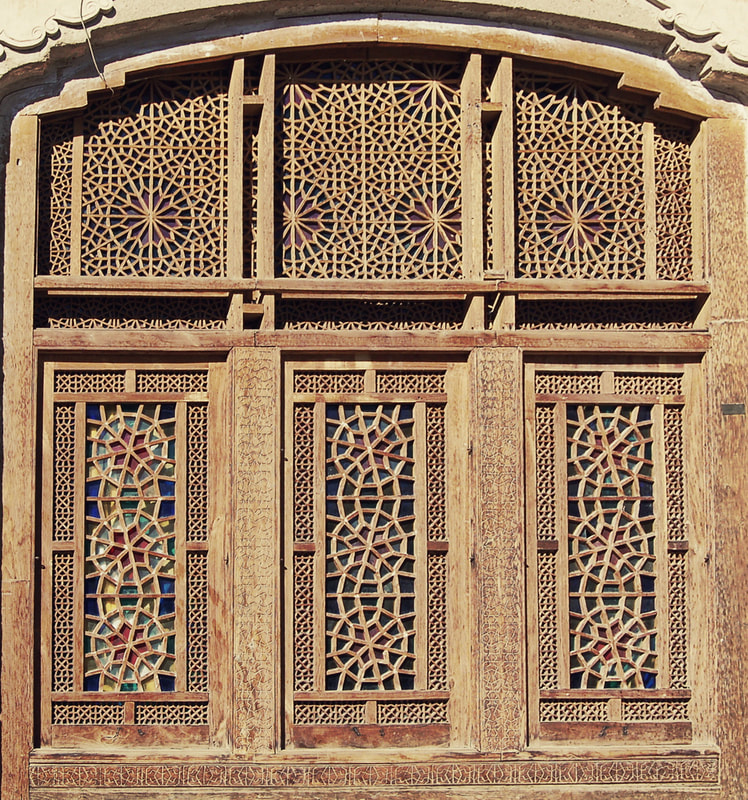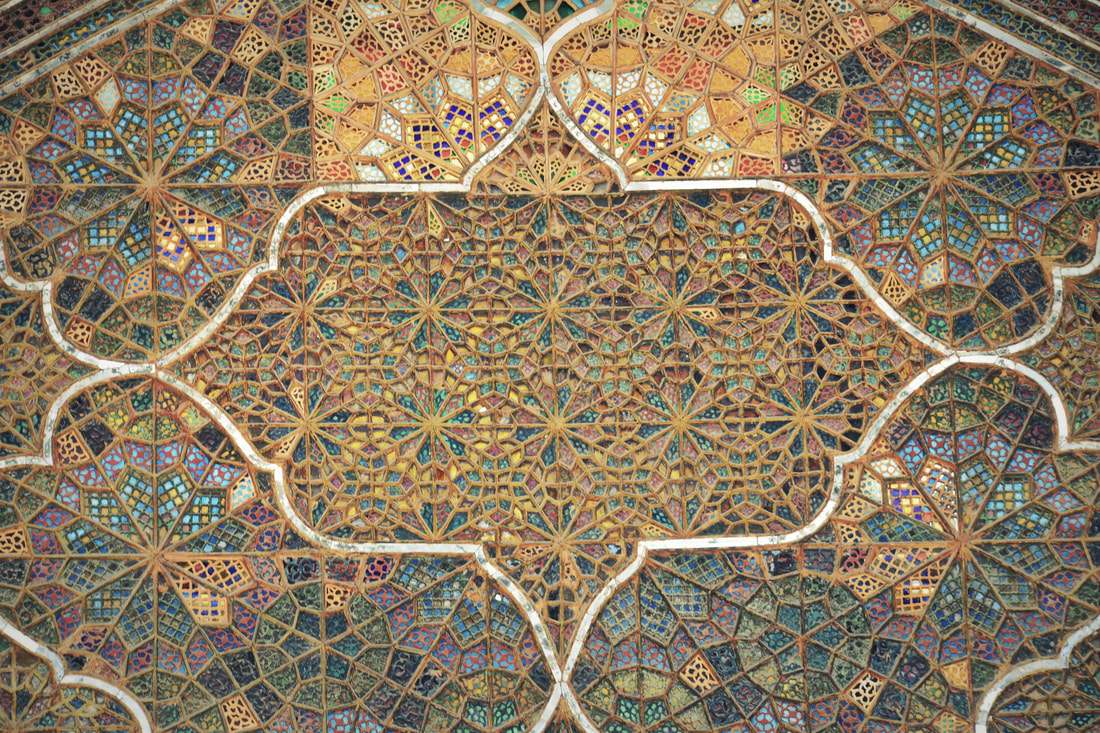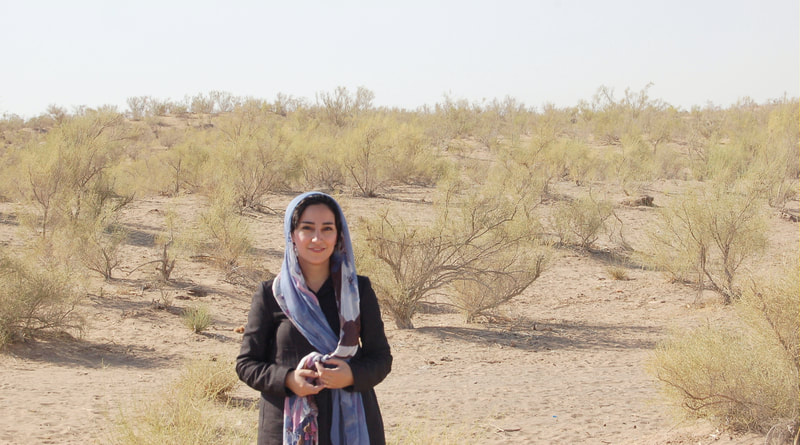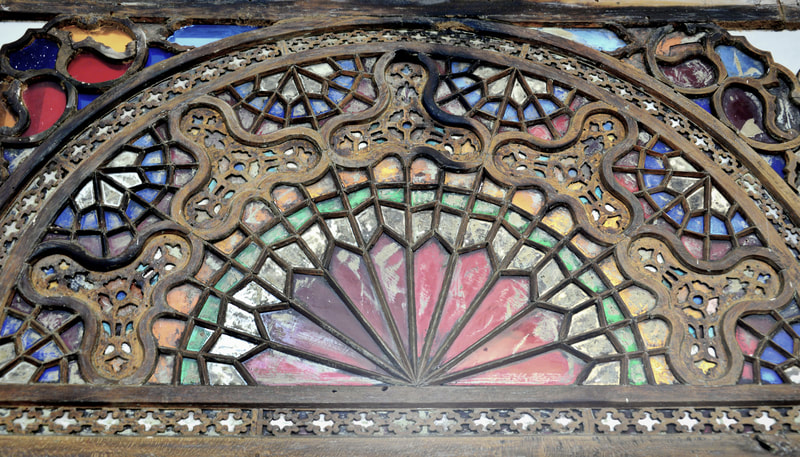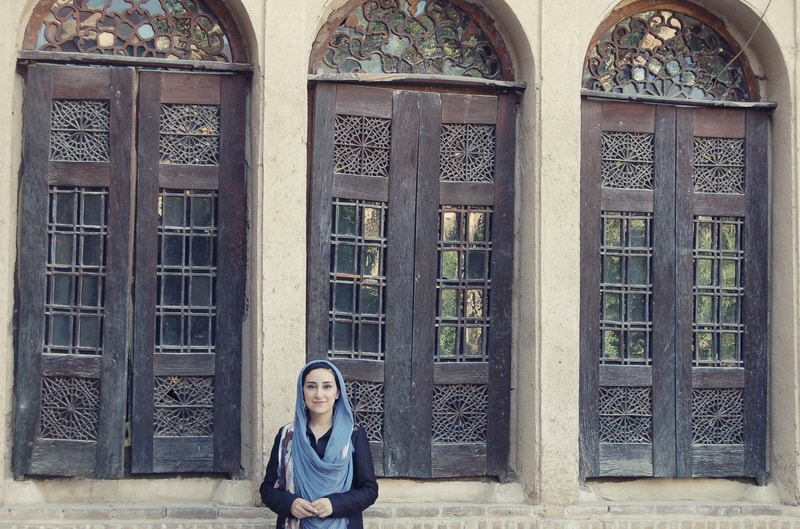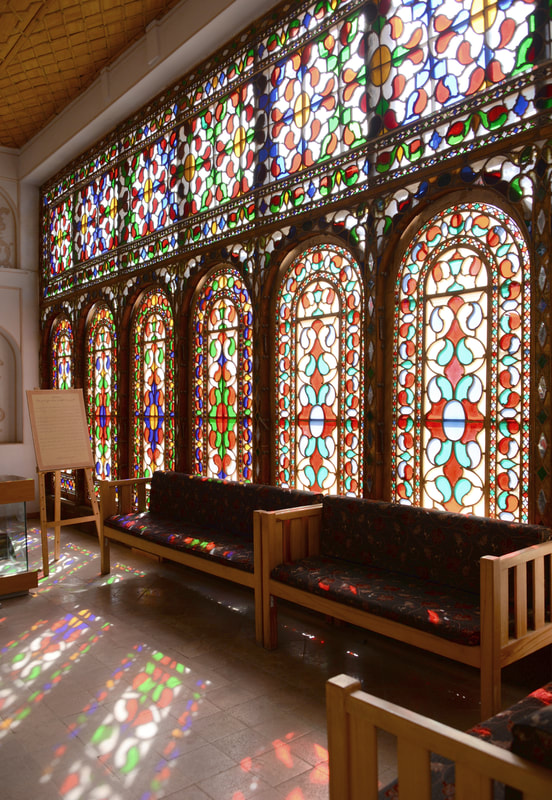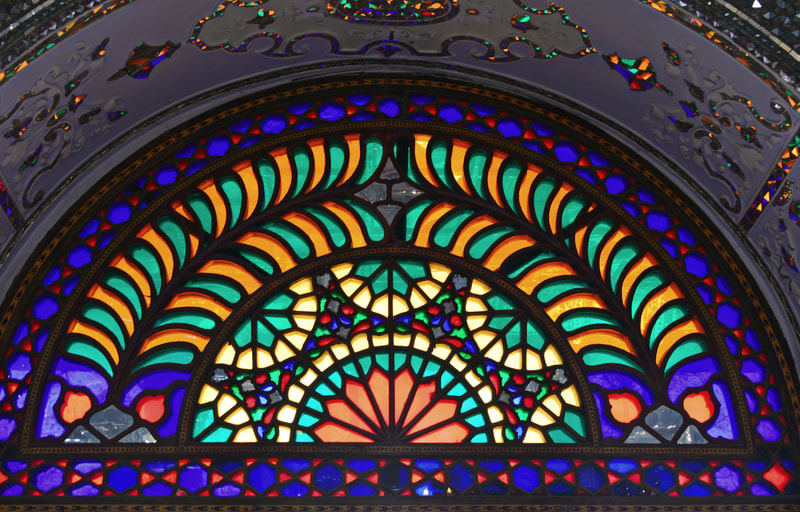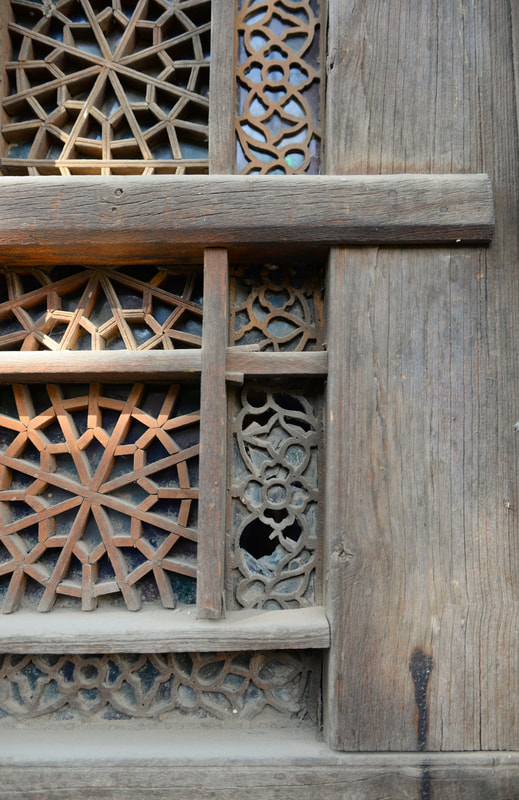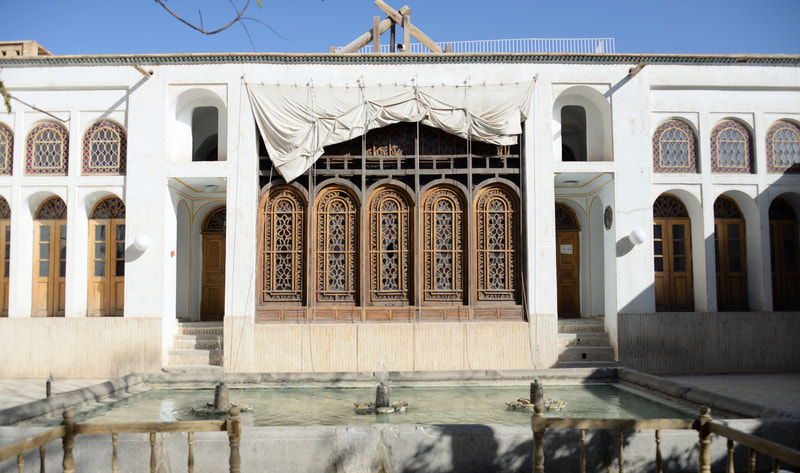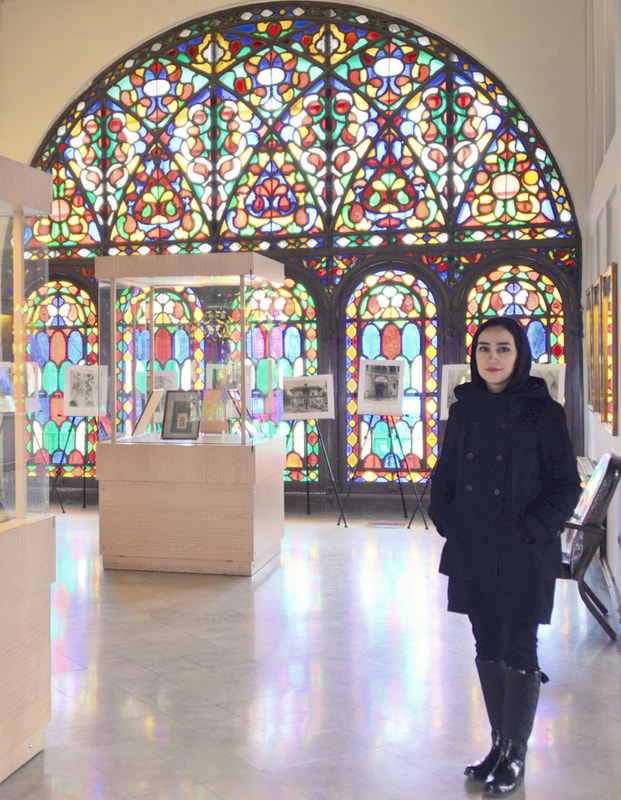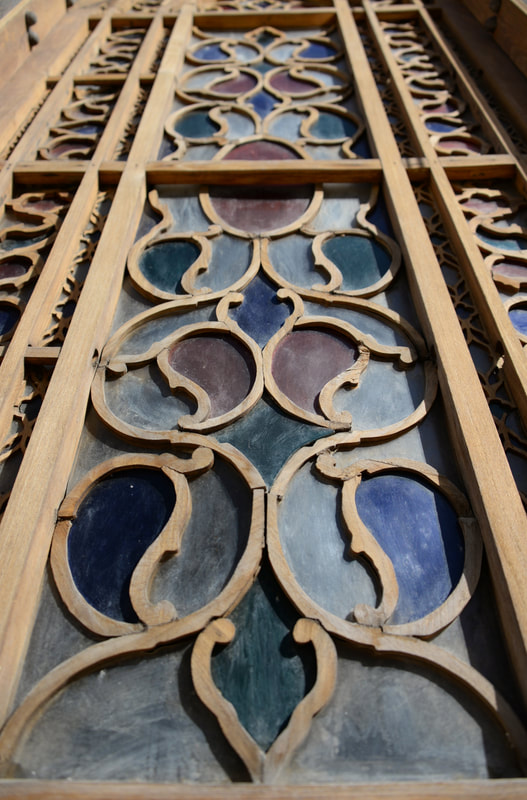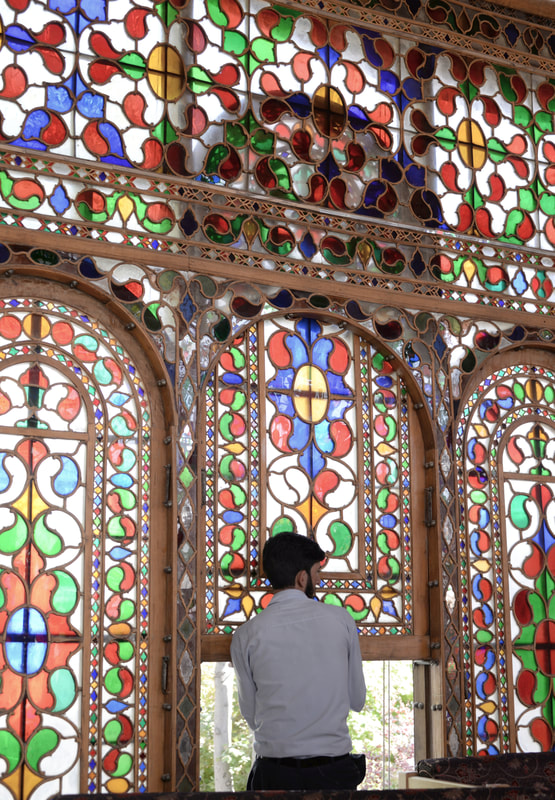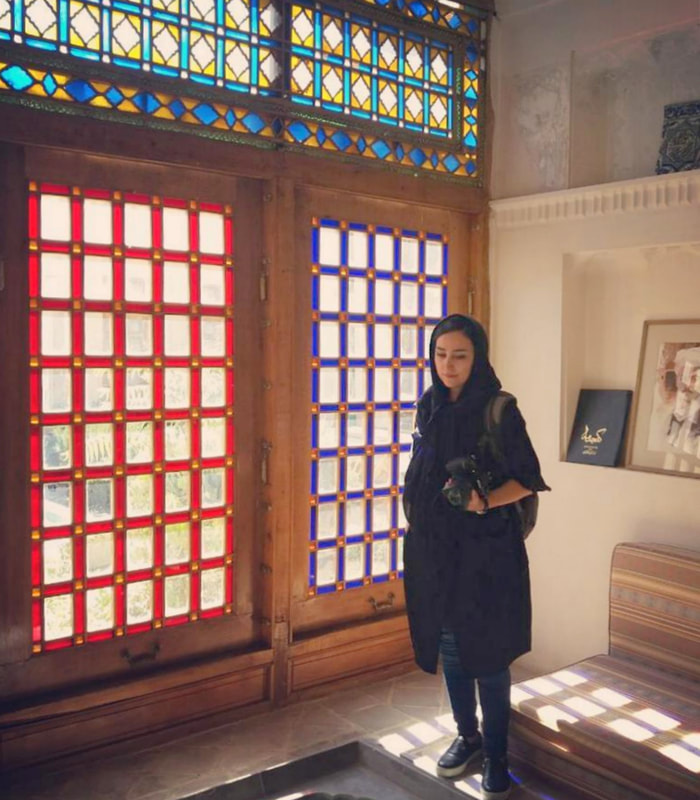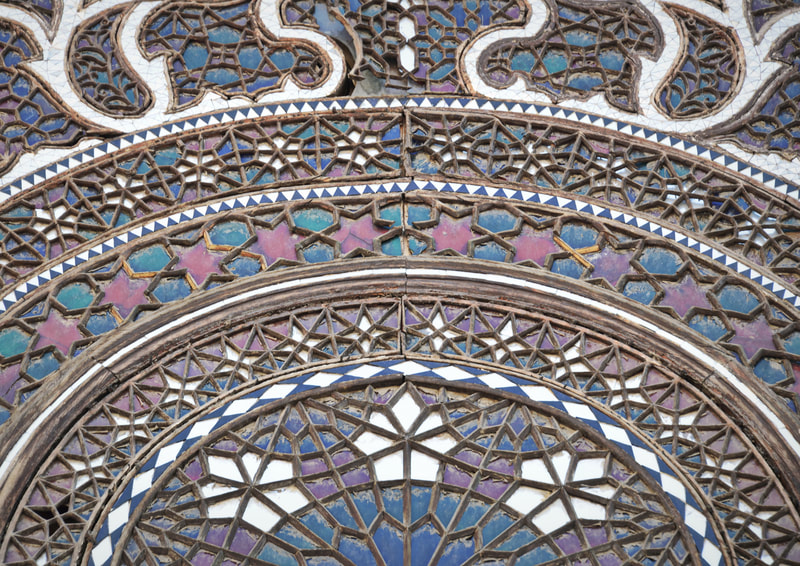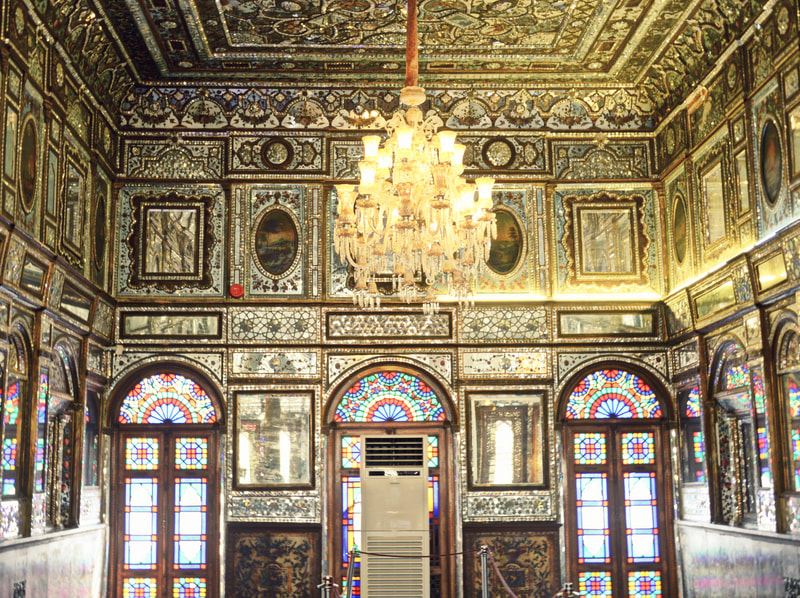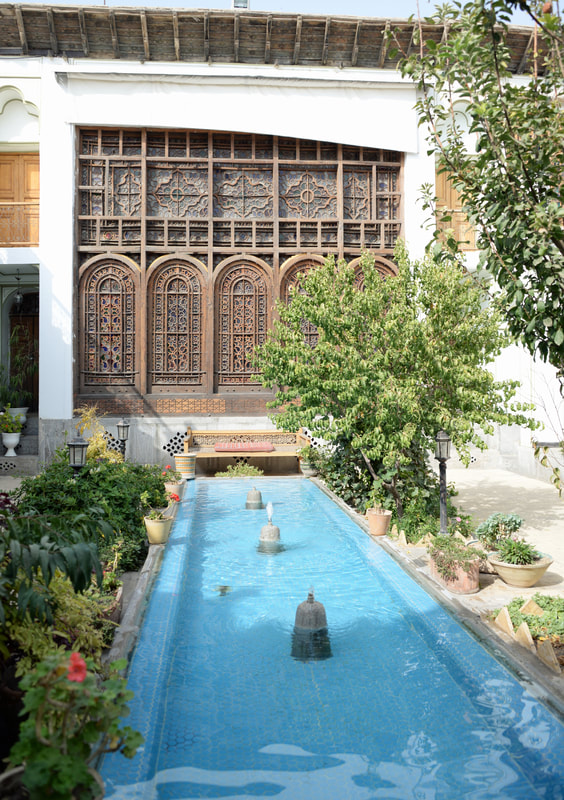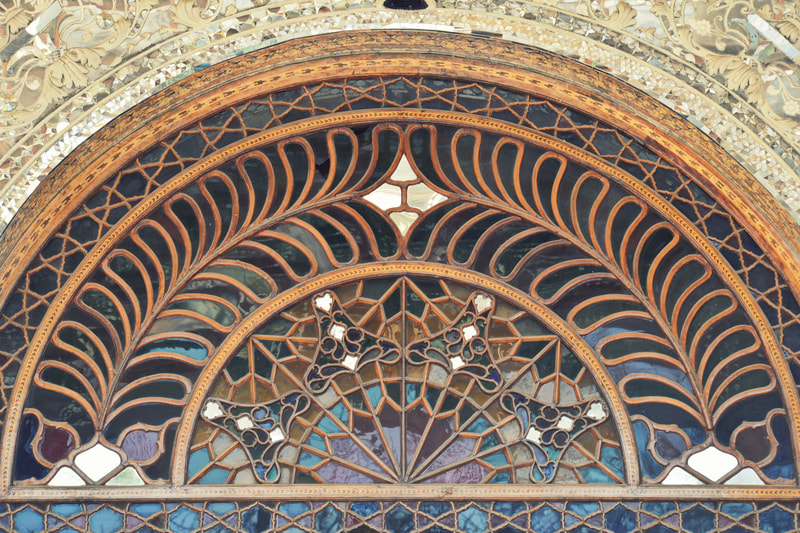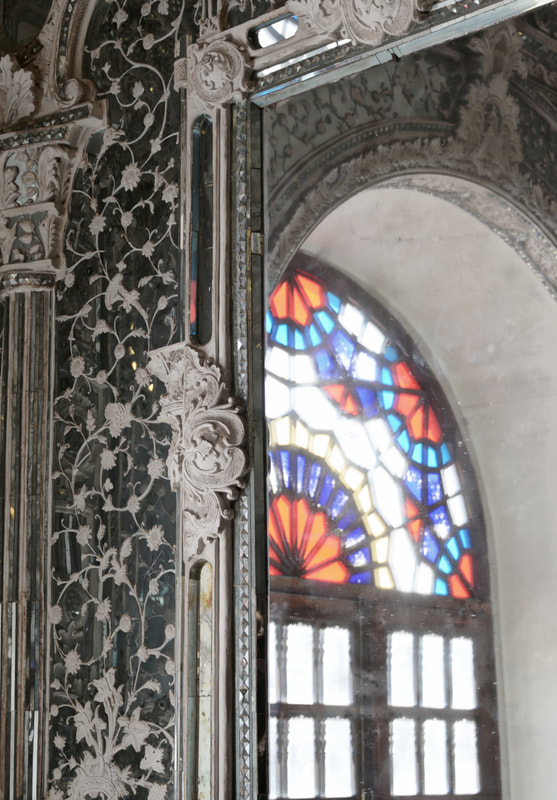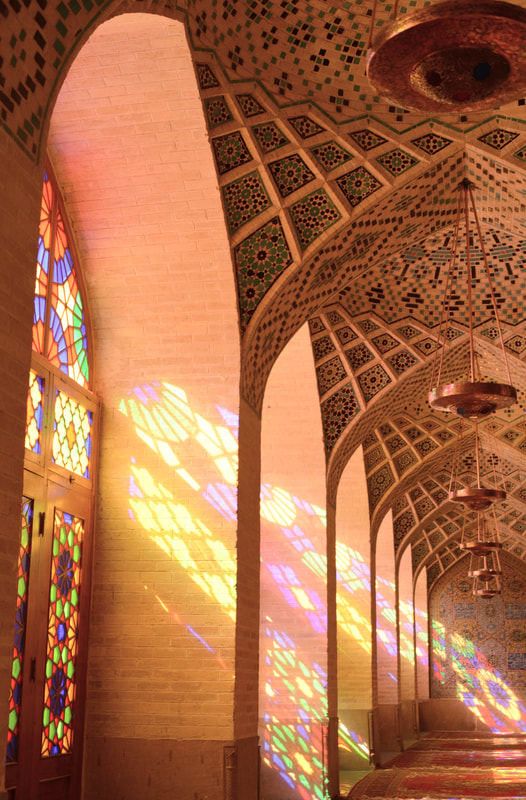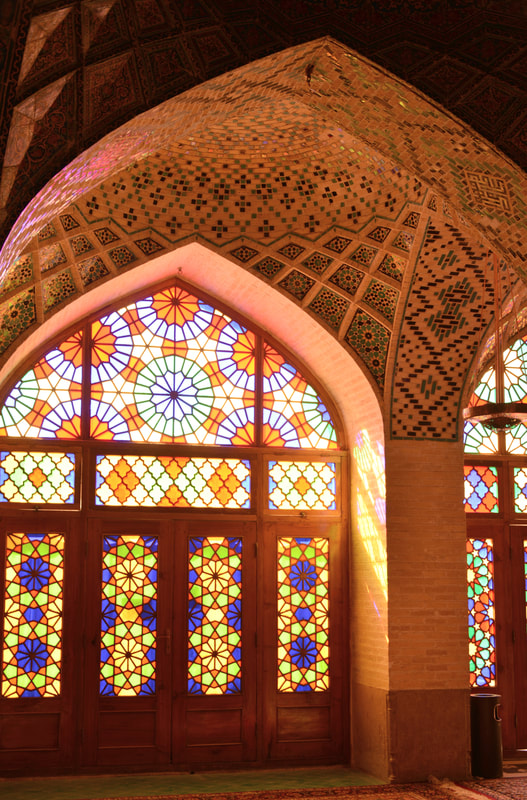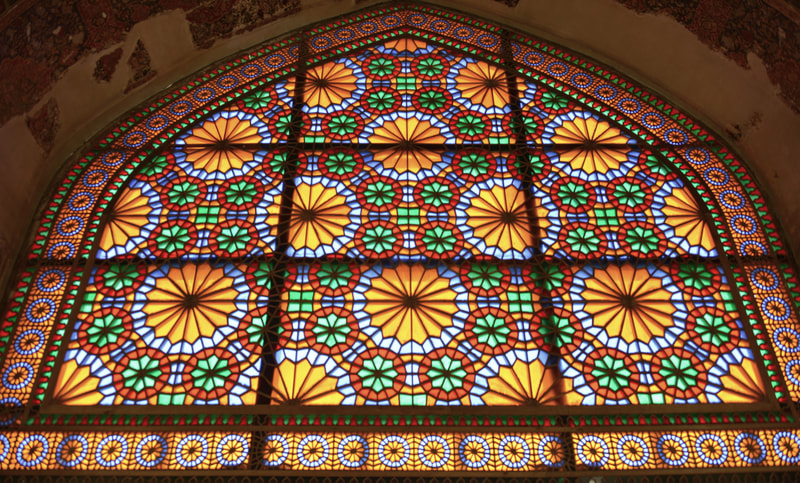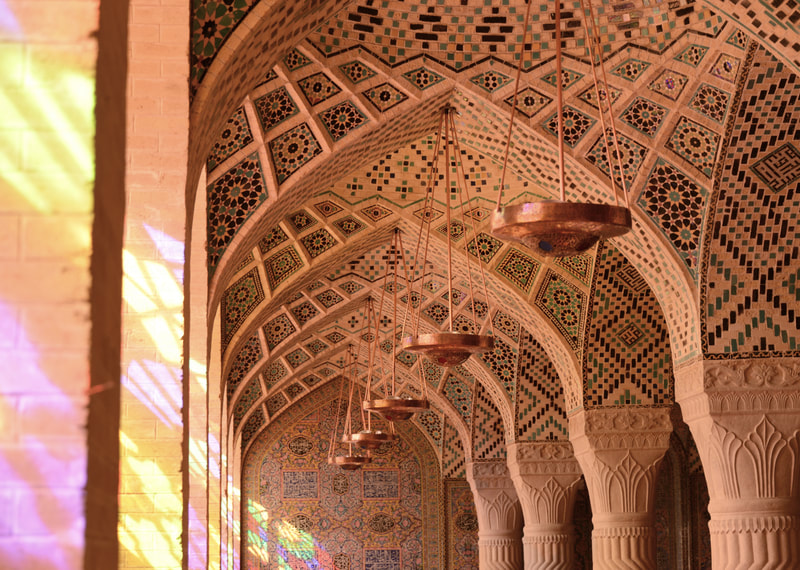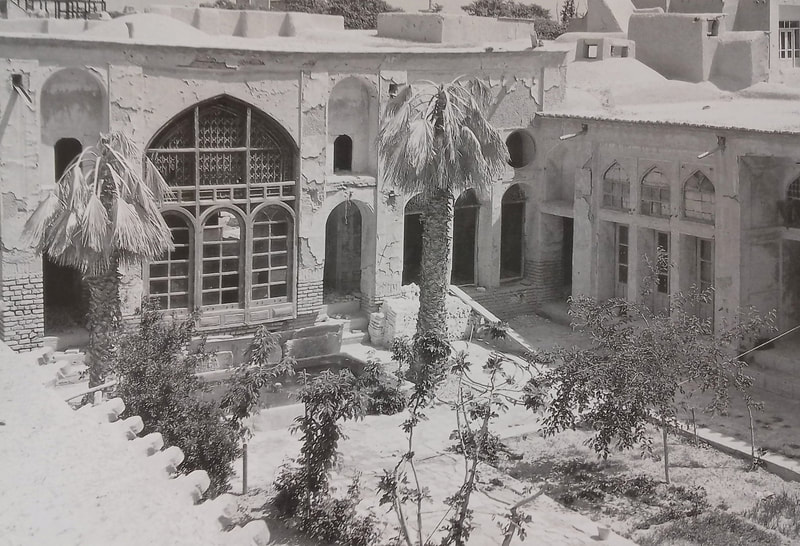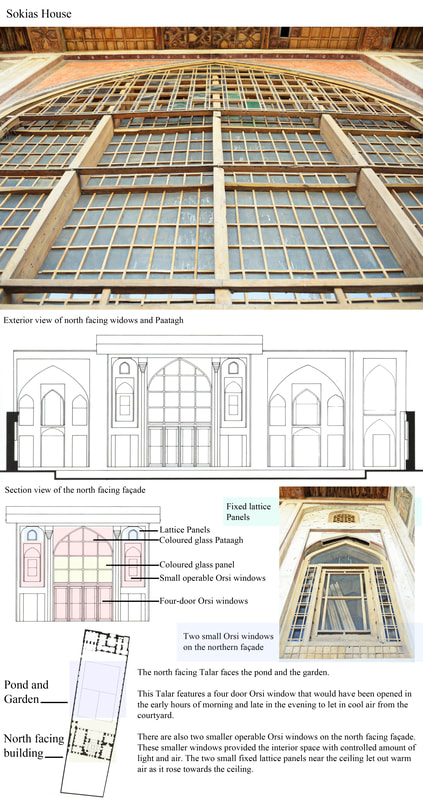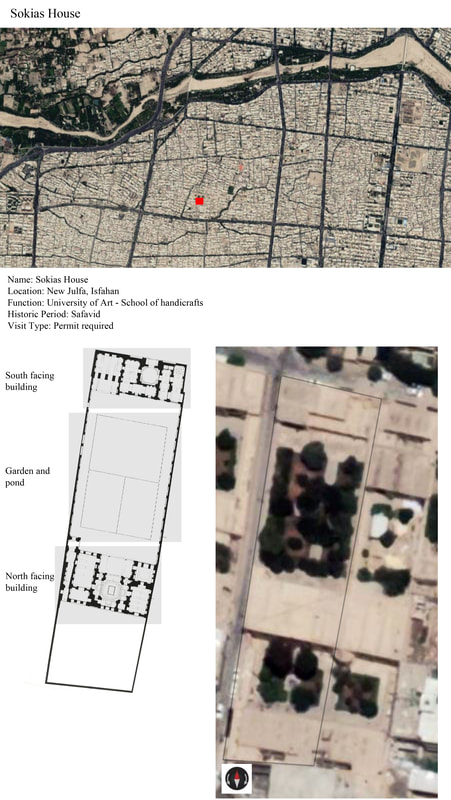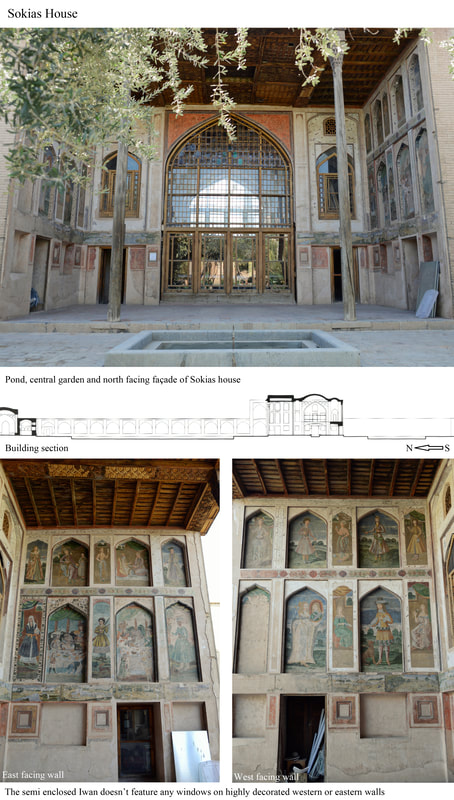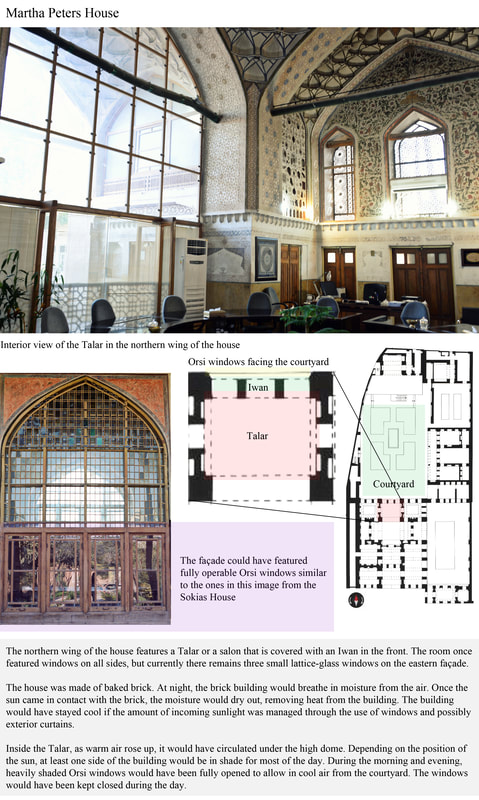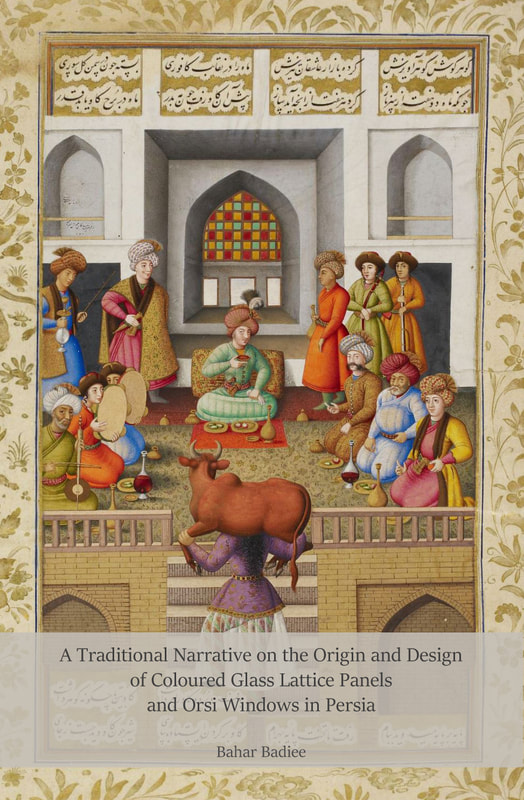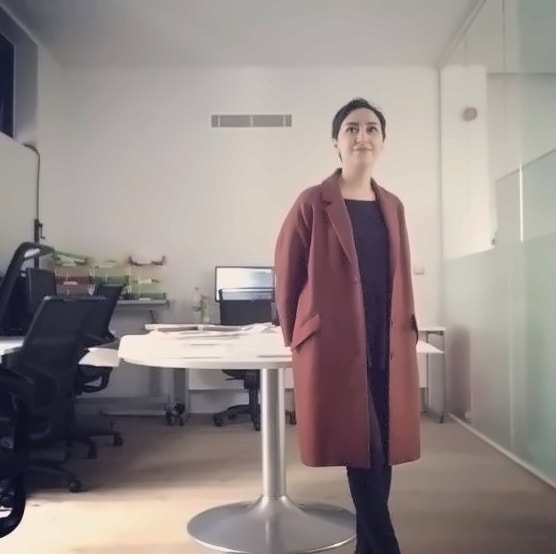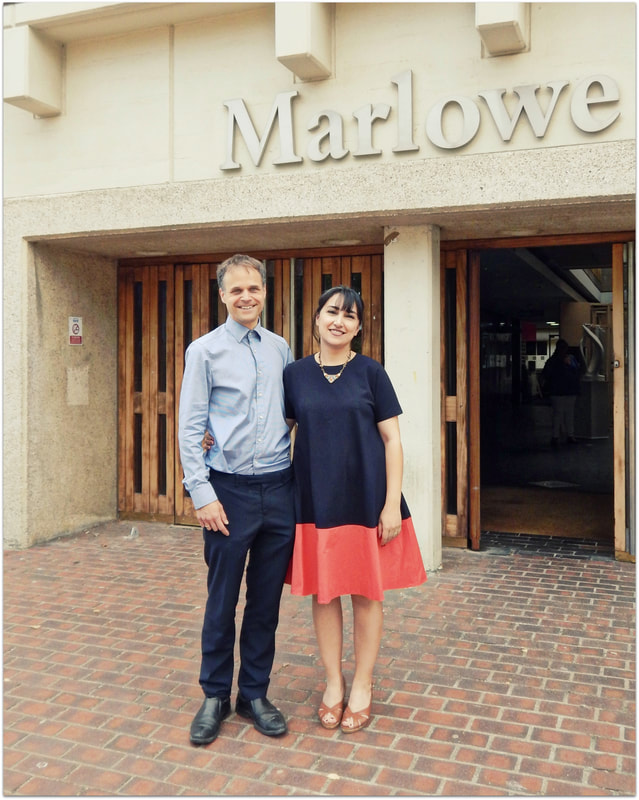Ph.D. (Doctor of Philosophy) in Architecture - Kent School of Architecture, Design & Planning - University of Kent, Canterbury, U.K., 2019
A comprehensive study of art, architecture, and the built environment requires an interdisciplinary approach that incorporates knowledge and insights from fields such as sociology, anthropology, history, and philosophy. By adopting a holistic perspective, one can gain a deeper understanding of the cultural, social, and political contexts that shape architecture and art. This approach recognizes that architecture and art are not just about individual expression, but also about the communities that inhabit and utilize the built environment, and the impact it has on our environment and society at large. A holistic approach requires an understanding of the needs and desires of the communities that use the built environment, and the importance of creating spaces that are sustainable, inclusive, and responsive to those needs. To fully comprehend the evolution of the built environment, it is crucial to study it within a historical context, taking into account the social, economic, and political factors that influenced its development. By examining architecture and art through a holistic lens, we can create more meaningful and impactful designs that reflect the needs and aspirations of our communities and help us tackle the challenges of our time, such as climate change and resource depletion.
This research was initiated to address the dearth of literature regarding the significance of colored glass lattice panels and Orsi windows in traditional Iranian design, particularly their architectural, climatic, and aesthetic aspects. Currently, little is known about the origin of colored glass in Iranian windows, the catalysts that drove the evolution of simple Iranian windows into elaborate Orsi windows with colored glass, and the validity of their purported effectiveness as interior solar thermal controllers. The primary objective of this study was to investigate the integration of Orsi windows and window-morphology within Persian courtyard houses. It sought to uncover whether the transformation of traditional Persian windows into larger and more intricate Orsi windows, which is believed to have commenced during the 17th century and onward, was influenced by factors such as advancements in building technology, the availability of crafting materials, cultural influences, and artistic aspirations.
Under the supervision of Dr. Henrik Schoenefeldt this research was conducted at the University of Kent - a public research university based in the city of Canterbury, United Kingdom - between 2014 and 2019. My research became possible through examination of original and primary archival manuscripts - primarily at the British Library in London - and contemporary literature, conducting site surveys - in cities of Tehran, Isfahan and Qazvin - interviews, and the use of computer software such as Google-Earth and GIS; it also required me to travel extensively in order to visit some of the most notable collections of ancient artifacts – glass and ceramics in particular – in Europe, Africa and the Middle East. Living in the U.K. for almost a decade also gave me the opportunity to have an in-depth exploration of Persian, Turkish, Indian, and European artifacts at the British Museum and Victoria and Albert Museum in London. My work was supported by several notable art curators and historians including Ms. Sheila R. Canby, the Metropolitan Museum of Art, Ms. Ursula Sims-Williams at the British Library in London, and Dr. Sussan Babaie, at the Courtauld Institute of Art in London. Several grants from the Iran Society, the British Institute of Persian Studies, and the University of Kent, each of which required acceptance of a grant proposal funded this research. The final dissertation was awarded the degree of doctor of philosophy in 2019.
This research was initiated to address the dearth of literature regarding the significance of colored glass lattice panels and Orsi windows in traditional Iranian design, particularly their architectural, climatic, and aesthetic aspects. Currently, little is known about the origin of colored glass in Iranian windows, the catalysts that drove the evolution of simple Iranian windows into elaborate Orsi windows with colored glass, and the validity of their purported effectiveness as interior solar thermal controllers. The primary objective of this study was to investigate the integration of Orsi windows and window-morphology within Persian courtyard houses. It sought to uncover whether the transformation of traditional Persian windows into larger and more intricate Orsi windows, which is believed to have commenced during the 17th century and onward, was influenced by factors such as advancements in building technology, the availability of crafting materials, cultural influences, and artistic aspirations.
Under the supervision of Dr. Henrik Schoenefeldt this research was conducted at the University of Kent - a public research university based in the city of Canterbury, United Kingdom - between 2014 and 2019. My research became possible through examination of original and primary archival manuscripts - primarily at the British Library in London - and contemporary literature, conducting site surveys - in cities of Tehran, Isfahan and Qazvin - interviews, and the use of computer software such as Google-Earth and GIS; it also required me to travel extensively in order to visit some of the most notable collections of ancient artifacts – glass and ceramics in particular – in Europe, Africa and the Middle East. Living in the U.K. for almost a decade also gave me the opportunity to have an in-depth exploration of Persian, Turkish, Indian, and European artifacts at the British Museum and Victoria and Albert Museum in London. My work was supported by several notable art curators and historians including Ms. Sheila R. Canby, the Metropolitan Museum of Art, Ms. Ursula Sims-Williams at the British Library in London, and Dr. Sussan Babaie, at the Courtauld Institute of Art in London. Several grants from the Iran Society, the British Institute of Persian Studies, and the University of Kent, each of which required acceptance of a grant proposal funded this research. The final dissertation was awarded the degree of doctor of philosophy in 2019.
The Journey
My captivating research journey led me through the architectural wonders of Iran's central desert region, where, through multiple visits, I explored ancient monuments and treasures of the past and delved into the origins of Persian art and architecture. One of the highlights of my journey was the opportunity to visit fascinating historical houses, each with its own unique stories waiting to be unveiled. However, not all of these houses were easily accessible to researchers and scholars, posing a challenge that required obtaining special permits. Undeterred by the obstacles, I was driven by the desire to shed light on neglected historical buildings. To achieve this, I meticulously measured and examined the sites, conducted interviews with architectural preservation experts, and captured detailed photographs. My goal was to recreate these structures on paper and bring their stories back to life. To further enhance my understanding, I harnessed the power of modern technology by utilizing archival images, Google Earth, Autocad, and Photoshop. The culmination of my efforts resulted in a rich compilation of research findings, connecting the past and present. This journey not only deepened my appreciation for Iran's architectural heritage but also illuminated the significance of preserving these historical treasures for generations to come.
|
|
|
